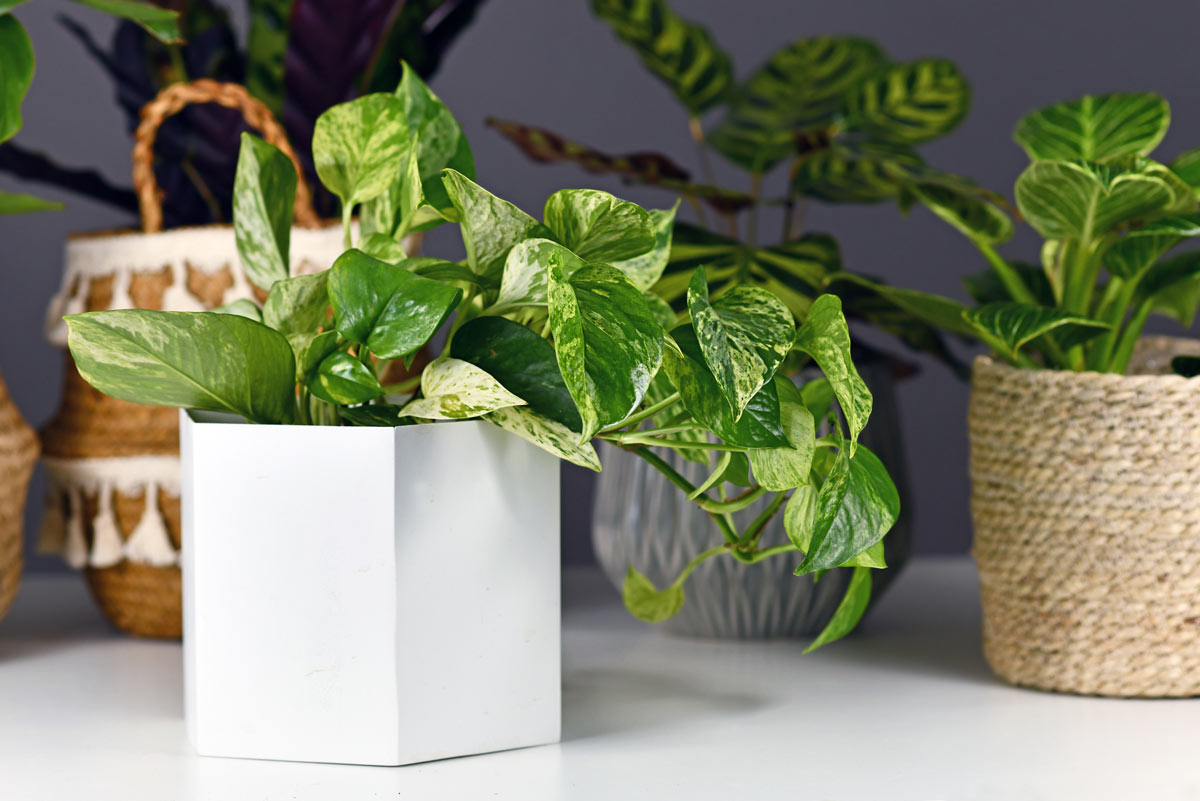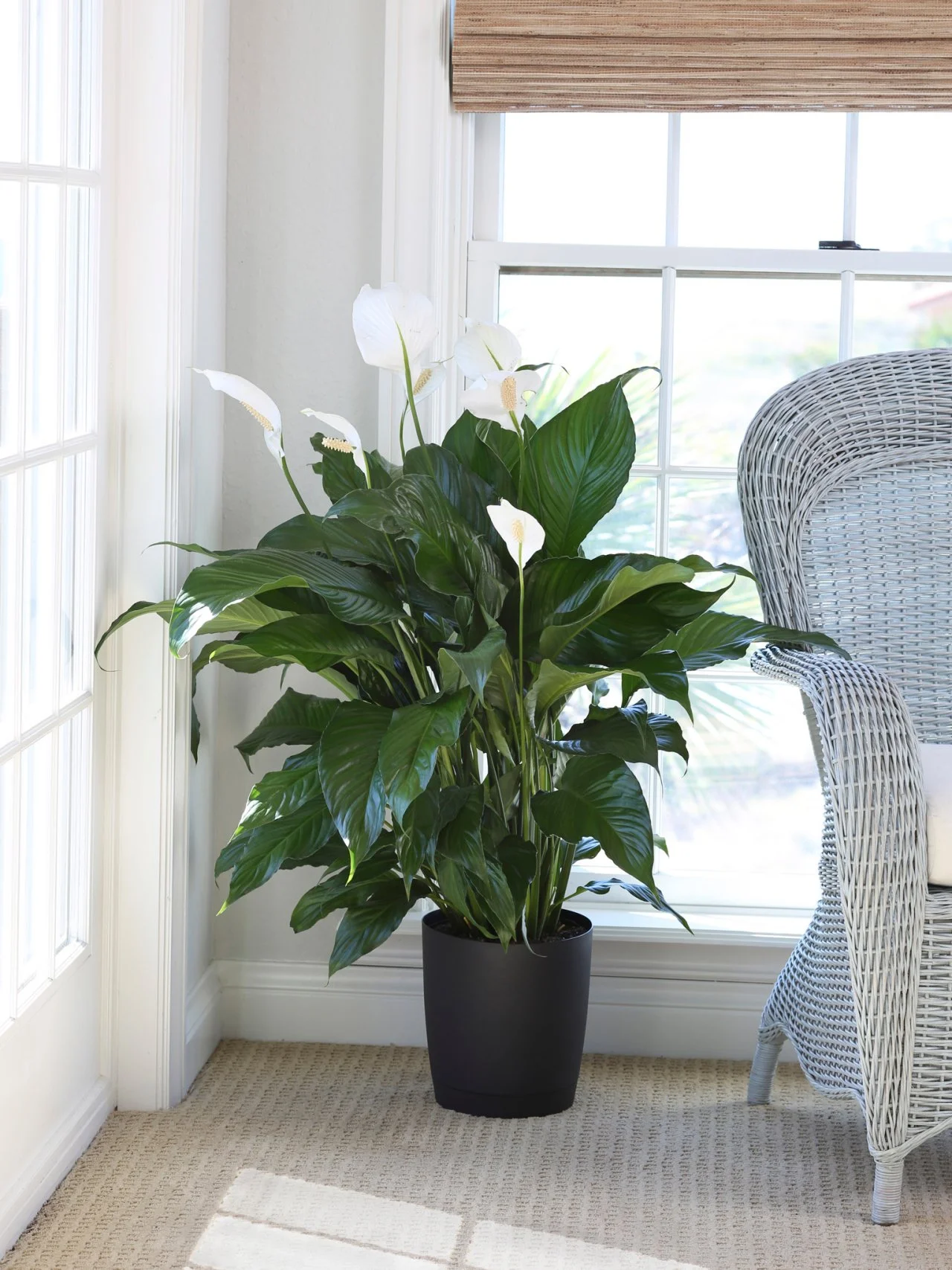Top Picks for the Best Low-Light Indoor Plants to Brighten Your Room
Discover the very best Low-Light Indoor Plants for Enhancing Your Home Decor
Integrating low-light interior plants into your home design can considerably boost both aesthetics and environment, particularly precede that lack abundant natural light. Ranges such as the Serpent Plant and ZZ Plant not just bring life to dim corners however additionally add to boosted air high quality and overall wellness. Recognizing the special features and care requirements of these plants can result in a more harmonious living environment. As we explore the leading selections and their innovative applications, one may ask yourself just how these selections can transform your area right into a growing haven.

Why Select Low-Light Plants
Why go with low-light plants in your interior areas? The modern-day living environment typically presents challenges such as restricted all-natural light, making it tough for typical houseplants to prosper. Low-light plants are specifically adjusted to thrive and endure in these problems, offering a viable remedy for people seeking to boost their interior spaces without the included anxiety of maintaining a lot more light-demanding flora.
In addition to their durability, low-light plants add dramatically to the visual appeals of a room. Their diverse variety of colors, forms, and dimensions enables for special interior decoration possibilities, developing inviting and vivid environments. Furthermore, interior plants are known for their air-purifying qualities, boosting indoor air top quality by releasing and filtering system toxic substances oxygen, which can enhance total wellness.
Low-light plants likewise need minimal maintenance, making them particularly appealing to busy individuals or those brand-new to horticulture. Their adaptability allows for positioning in numerous settings, from office to dimly lit edges of the home. By picking low-light plants, you can appreciate the advantages of plant without the constraints that frequently come with conventional horticulture, ultimately cultivating a healthier and much more aesthetically appealing interior atmosphere.
Leading Low-Light Indoor Plants
For those seeking to enhance their indoor rooms with plant that flourishes in low-light conditions, several plant choices attract attention for their strength and visual appeal. The Serpent Plant (Sansevieria trifasciata) is a popular option, understood for its upright, sword-like leaves and capability to tolerate overlook. This durable plant can endure in dimly lit locations while boosting indoor air high quality.
One more exceptional option is the Pothos (Epipremnum aureum), characterized by its heart-shaped fallen leaves and trailing vines. Pothos is not only adaptable to low light yet also supplies a striking visual contrast when positioned on shelves or hanging baskets.
The ZZ Plant (Zamioculcas zamiifolia) is just as impressive, boasting shiny, dark environment-friendly leaves that can cheer up any kind of corner. Its drought resistance makes it optimal for active property owners.
Treatment Tips for Low-Light Plants
How can you ensure that your low-light interior plants thrive despite minimal sunlight? Select the suitable potting mix that provides excellent water drainage while retaining wetness. A well-aerated dirt, such as a mix of potting dirt and perlite, can assist protect against origin rot.
Watering is critical; low-light plants generally require much less regular watering compared to their sun-loving equivalents. Always inspect the leading inch of the soil-- if it really feels dry, it's time to water. Be cautious of why not check here overwatering, as this can lead to fungal issues and root degeneration.
Feeding low-light plants ought to be done sparingly - Best low-light indoor plants. Use a balanced, water-soluble fertilizer during the expanding season, however minimize or eliminate fertilizing in the dormant months
Furthermore, dust can build up on leaves, inhibiting photosynthesis. Gently clean the leaves with a damp fabric to maintain them clean.
Last but not least, observe your plants carefully. Signs of distress, such as yellowing fallen leaves or leggy development, can indicate that your plant requires modifications in care (Best low-light indoor plants). By following these treatment suggestions, your low-light indoor plants can prosper, including charm and vigor to your home
Innovative Ways to Display Plants
Boosting the aesthetic allure of your interior space can be attained by thoughtfully presenting your low-light plants in innovative ways. Consider making use of vertical room to your benefit; wall-mounted shelves can display trailing plants like pothos or philodendron, adding lushness while saving flooring space. Use plant stands of varying heights to develop visual passion and depth, drawing the eye upwards.
Hanging planters are one more excellent alternative, providing a dramatic impact when put on hold from the ceiling or hooks. Macramé hangers can introduce structure and bohemian panache, while modern ceramic hangers can fit a minimal visual. For a more ingenious approach, repurpose special containers such as vintage teacups or glass containers, which can add character to your display screen.
Grouping plants in collections is also reliable; usage differing pot sizes and shades to develop a cohesive look. This approach not only enhances visual influence yet additionally supplies a natural habitat feeling - Best low-light indoor plants. Finally, take into consideration positioning plants near light resources like lamps or home windows to optimize their growth and showcase their lively vegetation, hence boosting the total setting of your indoor atmosphere.
Advantages of Indoor Plant
Various research studies have shown that including indoor plant into your home offers a wide range of advantages, boosting both physical and mental well-being. Among one of the most considerable benefits of interior plants is their capability to improve air quality. Plants soak up carbon dioxide and launch oxygen, developing a healthier ambience while also straining hazardous contaminants, thus advertising respiratory system wellness.
Additionally, the visibility of greenery has been linked to minimized stress levels. Research study suggests that connecting with plants can lower cortisol levels, which are connected with stress and anxiety. This calming impact Discover More can cause improved mood and enhanced efficiency, making indoor plants an excellent enhancement to workspaces.
Furthermore, indoor plant can enhance cognitive function. Research studies suggest that atmospheres enhanced with plants can cause raised emphasis, creative thinking, and total psychological quality. The visual allure of interior plants additionally adds to a more welcoming and enjoyable setting, positively affecting social communications and see page overall contentment within a space.
Verdict

Incorporating low-light interior plants right into your home decor can significantly boost both appearances and atmosphere, especially in rooms that do not have abundant natural light. Varieties such as the Serpent Plant and ZZ Plant not only bring life to lower edges yet additionally contribute to enhanced air quality and total well-being. Interior plants are understood for their air-purifying top qualities, enhancing interior air high quality by launching and filtering system toxic substances oxygen, which can enhance overall health.
For those looking for to enhance their interior areas with plant that flourishes in low-light conditions, numerous plant options stand out for their resilience and aesthetic appeal. These resistant plants, such as the Serpent Plant and ZZ Plant, flourish in dim conditions and require very little upkeep, making them appropriate for different lifestyles.